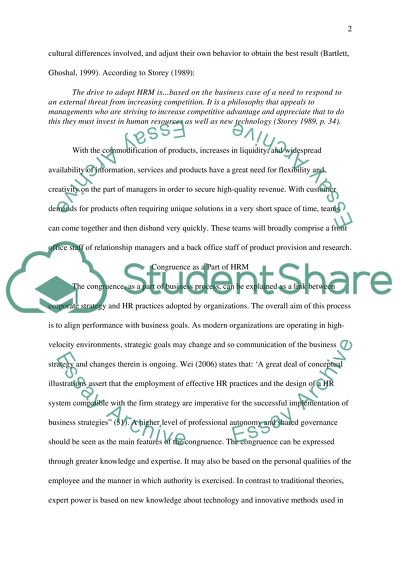Cite this document
(“Human ressource management Essay Example | Topics and Well Written Essays - 1500 words - 1”, n.d.)
Human ressource management Essay Example | Topics and Well Written Essays - 1500 words - 1. Retrieved from https://studentshare.org/miscellaneous/1539641-human-ressource-management
Human ressource management Essay Example | Topics and Well Written Essays - 1500 words - 1. Retrieved from https://studentshare.org/miscellaneous/1539641-human-ressource-management
(Human Ressource Management Essay Example | Topics and Well Written Essays - 1500 Words - 1)
Human Ressource Management Essay Example | Topics and Well Written Essays - 1500 Words - 1. https://studentshare.org/miscellaneous/1539641-human-ressource-management.
Human Ressource Management Essay Example | Topics and Well Written Essays - 1500 Words - 1. https://studentshare.org/miscellaneous/1539641-human-ressource-management.
“Human Ressource Management Essay Example | Topics and Well Written Essays - 1500 Words - 1”, n.d. https://studentshare.org/miscellaneous/1539641-human-ressource-management.


